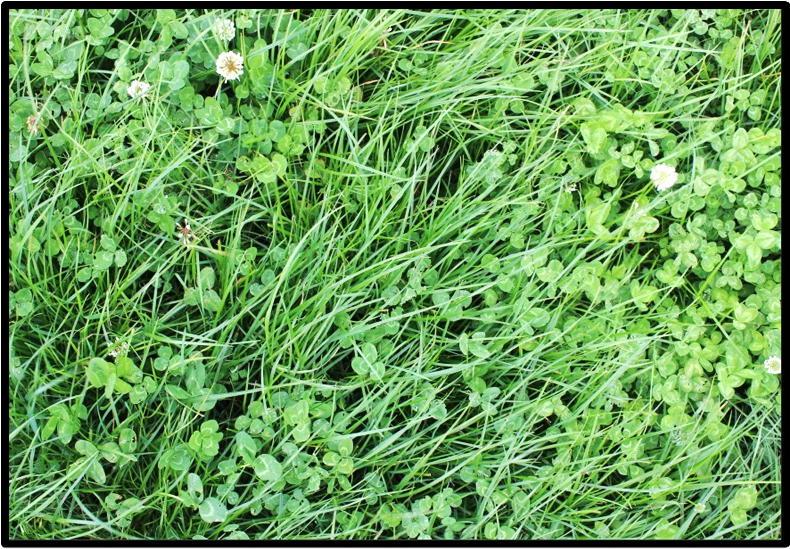Grass growth: Its another week of the tale of two halves with the south of the country still experiencing a check in growth rates due to dry conditions with the north and west of the country receiving ample rainfall at the beginning of the week.
On some southern farms earlier-born suckler calves are being weaned to be able to tighten up suckler cows and feed hay where grass supplies are very tight.
Make sure you have some fertiliser in the yard for when the rain returns to kick on grass growth and also maintain quality in swards.
Where grass quality has deteriorated it makes sense to go in and top at this stage to try and get some quality back into the sward for the rest of the grazing season. Topping will check growth for a few days so in drier areas its probably best to hold off until the rain comes.
Bloat issues: Incidence of bloat can increase as the content of clover in pastures gets higher or animals are grazing very lush aftergrass type grazing.
While not a problem over the last few weeks, it could become an issue where we get a burst of growth and cattle are grazing high clover lush pasture. Bloat occurs when gas pockets occur in the rumen of the animal and cannot escape.
Clover swards and leafy pasture is very easy and quick to digest and this increases the chances of bloat occurring.
Certain animals tend to be prone to bloat and it is an inheritable trait. If bloat is an issue consider including some long fibre in the diet like straw or hay in a round feeder in the field they are grazing. If bloat continues to occur, consider taking the field out for silage.
Avoid letting animals into these pastures very hungry as animals could gorge grass and this will increase the chances of bloat occurring. If bloat is an issue on your farm bloat oil can be added to the water on a daily basis and this will help reduce the chances of bloat occurring.
Rushes: As part of the basic payment scheme, farmers have to demonstrate that their land is in a grazeable condition. This will mean controlling rushes in heavily infested areas of grassland. Some farmers will top or mulch each year but while this controls rushes for this grazing year it doesn’t really give any long-term control.
Applying herbicide to fresh green re-growth will achieve a better kill. MCPA is an effective treatment for rushes. Take care to use the recommended rates and make sure no heavy rain is forecast after spraying. Glyphosate can be used when applied via a weed licker but care is needed as it could potentially kill some grass if applied incorrectly.
Rushes should be left for about 4 weeks after spraying/licking before being topped. Rushes will occur in areas which have poor drainage and low soil fertility. Spreading lime and rising the pH of your soil will also help to inhibit their growth.
Remember if you are using a sprayer it must have passed the relative inspection and you must also have a spraying course down if using herbicides. Adhering to buffer zones is also important to avoid any contamination of water sources when using herbicides.






 This is a subscriber-only article
This is a subscriber-only article










SHARING OPTIONS: